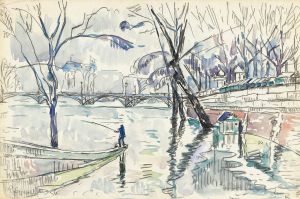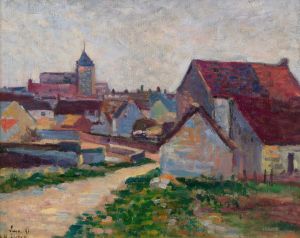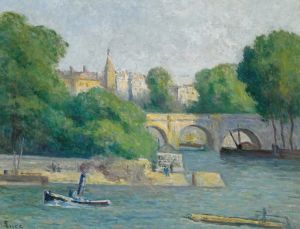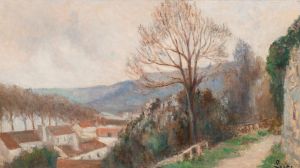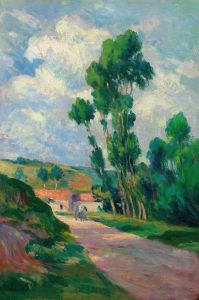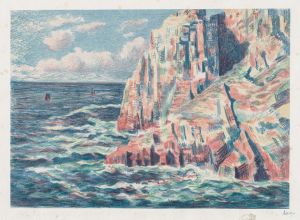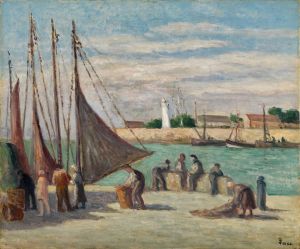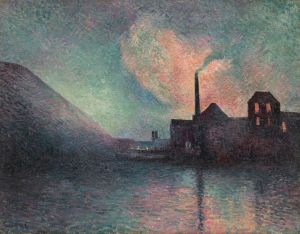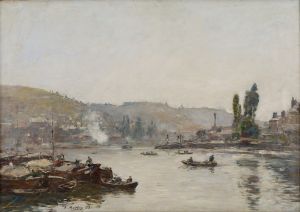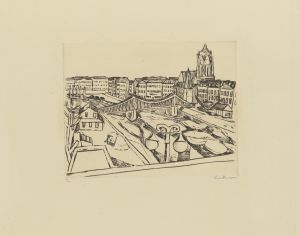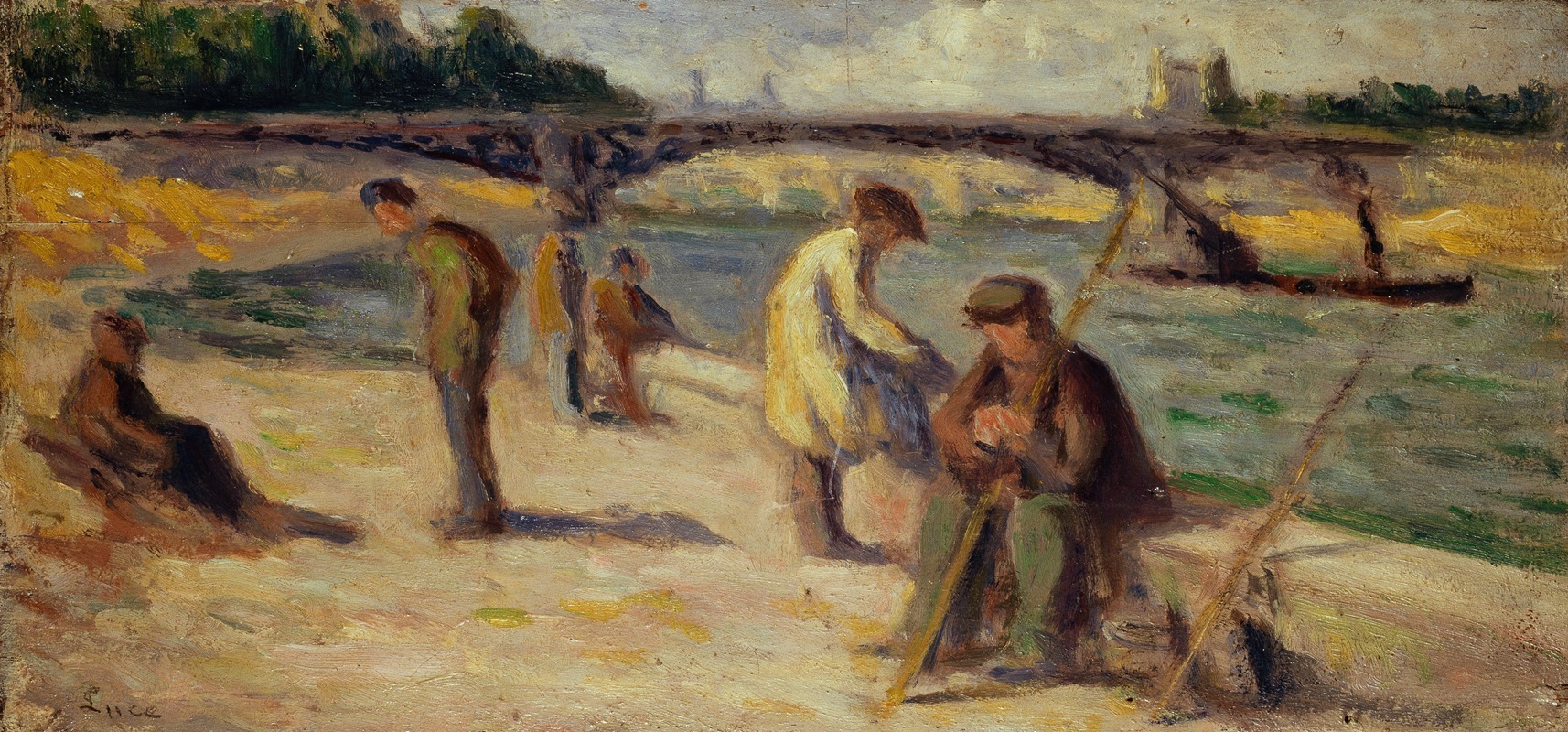
La berge du quai Malaquais
A hand-painted replica of Maximilien Luce’s masterpiece La berge du quai Malaquais, meticulously crafted by professional artists to capture the true essence of the original. Each piece is created with museum-quality canvas and rare mineral pigments, carefully painted by experienced artists with delicate brushstrokes and rich, layered colors to perfectly recreate the texture of the original artwork. Unlike machine-printed reproductions, this hand-painted version brings the painting to life, infused with the artist’s emotions and skill in every stroke. Whether for personal collection or home decoration, it instantly elevates the artistic atmosphere of any space.
Maximilien Luce's La Berge du Quai Malaquais is a painting created by the French artist, who was a prominent figure in the Neo-Impressionist movement. Born in 1858, Luce was known for his use of the Pointillist technique, a method developed by Georges Seurat and Paul Signac, which involves applying small, distinct dots of color to form an image. Luce's works often depicted urban landscapes, rural scenes, and the lives of working-class individuals, reflecting his interest in both artistic innovation and social themes.
La Berge du Quai Malaquais portrays a view of the Quai Malaquais, a section of the Seine River in Paris. This area is located on the Left Bank, near the historic Institut de France and close to the Pont des Arts. The painting captures the essence of Parisian life along the river, a subject that was frequently explored by artists of the late 19th and early 20th centuries. Luce's depiction of the scene is characterized by his meticulous application of color and light, which imbues the work with a sense of vibrancy and movement.
The painting reflects Luce's mastery of Neo-Impressionist techniques, particularly his ability to convey atmosphere and the interplay of light on water. The use of Pointillism in this work demonstrates his commitment to the scientific principles of color and optics that were central to the movement. By juxtaposing small dots of complementary colors, Luce creates a dynamic visual effect that allows the viewer's eye to blend the colors optically, resulting in a luminous and harmonious composition.
While specific details about the creation date or the circumstances surrounding La Berge du Quai Malaquais are not widely documented, it is consistent with Luce's broader body of work, which often focused on scenes of daily life and the natural beauty of France. The painting is an example of how Luce combined his artistic skill with his interest in capturing the spirit of his surroundings.
Maximilien Luce's contributions to the Neo-Impressionist movement have earned him recognition as one of its key figures. His works are held in various public and private collections, and they continue to be celebrated for their technical precision and emotional resonance. La Berge du Quai Malaquais stands as a testament to his ability to transform ordinary scenes into extraordinary works of art through his innovative use of color and light.





